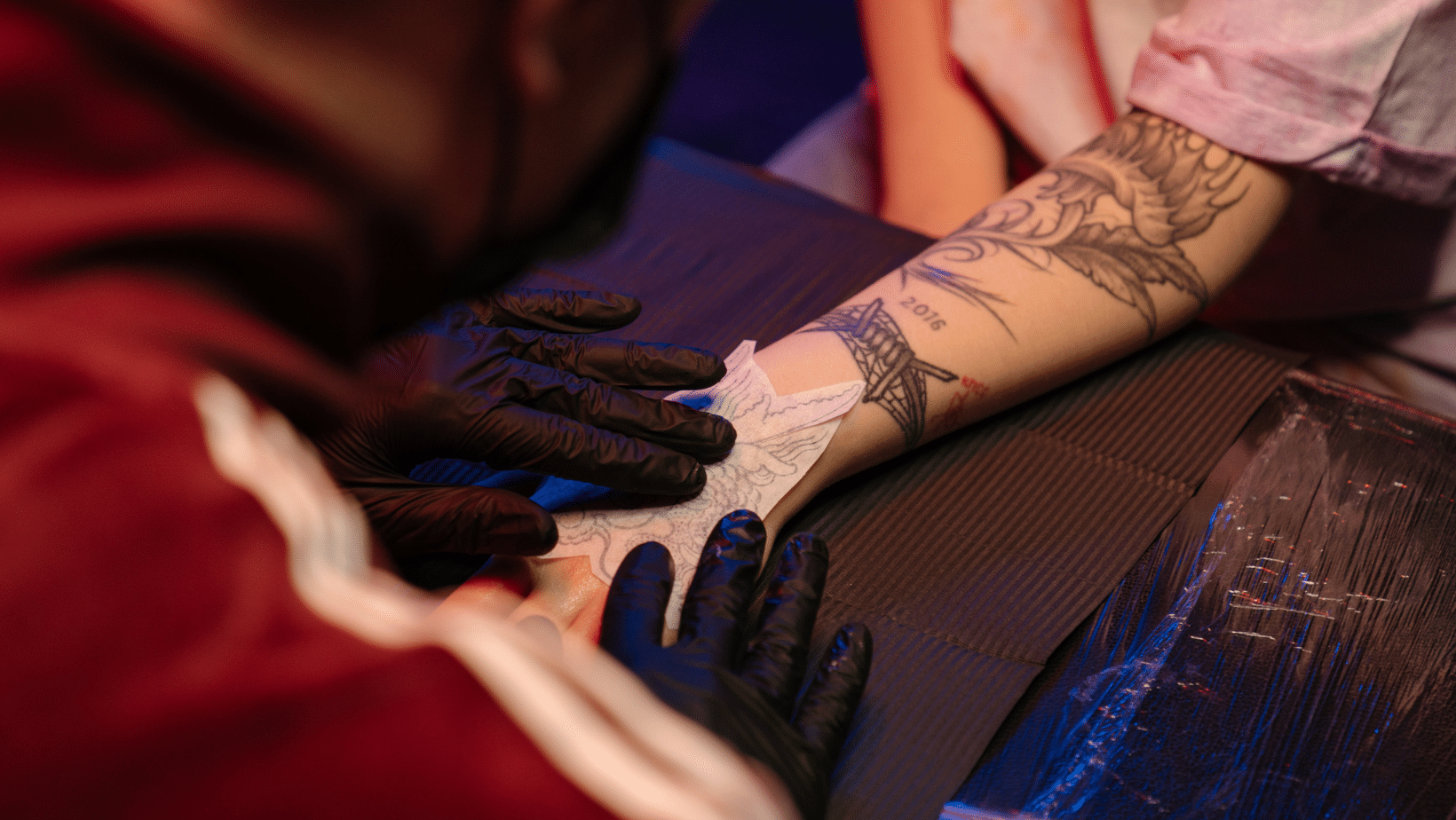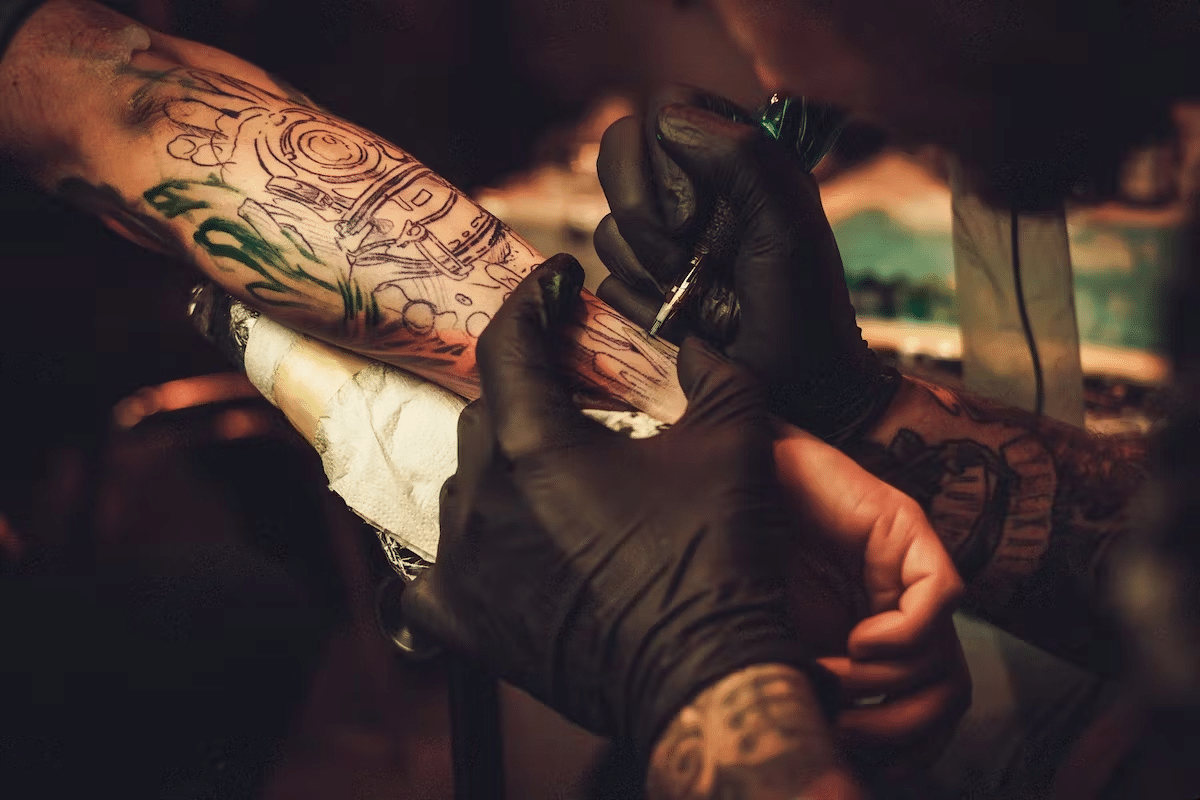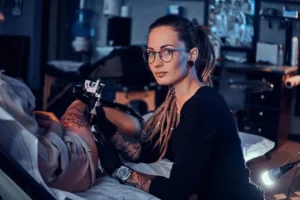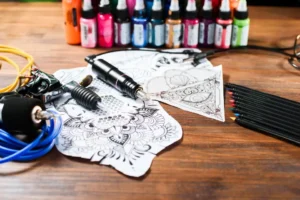Tattoo Shading: A Comprehensive Guide To Best Practices And Techniques
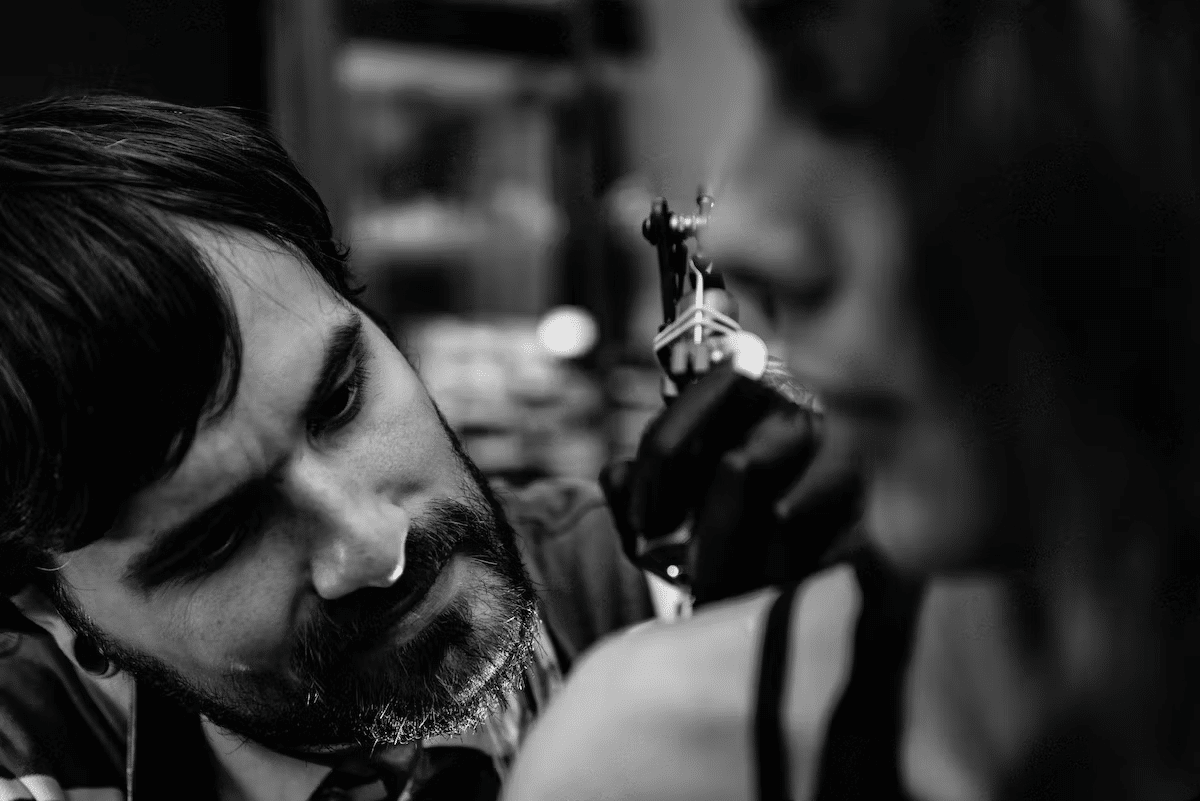
Tattoo shading is essential to creating depth and dimension in a tattoo. Whether you are an aspiring tattoo artist or simply interested in understanding the process, tattoo shading can make your designs come alive.
From understanding the different shading techniques to mastering the tools and equipment required, this blog will take you through the step-by-step process of creating beautifully shaded tattoos.
We will also provide tips and tricks to ensure your shading technique is precise and consistent and answer frequently asked questions about tattoo shading. Whether you want to learn more about tattoos or improve your tattoo skills, this guide has what you need.
Concept Of Tattoo Shading And Its Importance In Tattoo Design
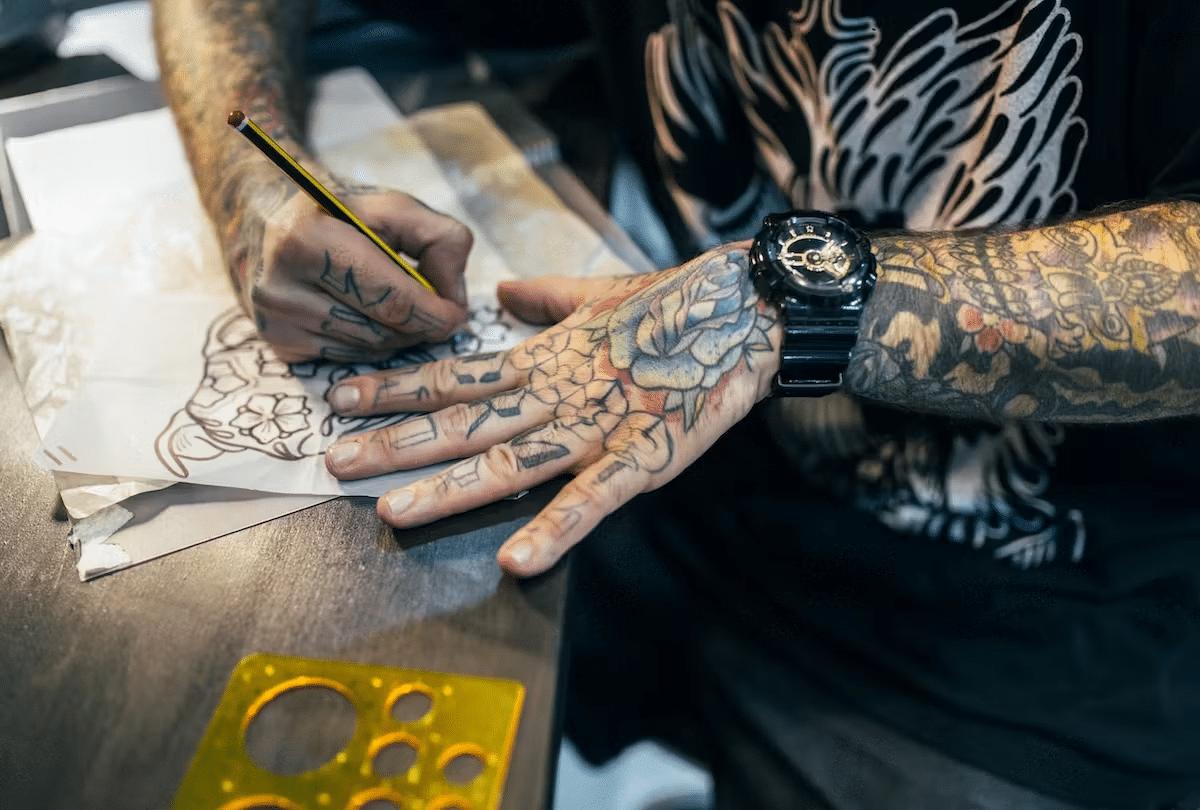
Tattoo shading is an art form that requires skill, precision, and creativity. It helps to create depth, contrast, and visual interest in a tattoo design. Shading can add realism, dimension, and texture to a tattoo, making it look more dynamic and visually appealing.
Well-executed shading can create the illusion of shadows, highlights, and contours, giving tattoos a sense of depth and dimension that makes them truly come to life on the skin. Tattoo shading is crucial in enhancing the overall aesthetic of a tattoo, making it more visually striking, and elevating the quality of the artwork.
The process involves using different shades of ink to create gradients, textures, and shadows in a tattoo design. It can be done using techniques such as stippling, hatching, cross-hatching, and blending. The key is to create a smooth transition between the different shades of ink, creating a seamless and realistic effect.
Shading can be used in different areas of a tattoo design, such as backgrounds, objects,
animals, and portraits, to create depth, contrast, and visual interest. It requires an understanding of light and shadow and an artistic eye to determine where shading should be applied for the best effect.
Different Types Of Shading Techniques
Tattoo artists can use several techniques to create different tattoo shading effects and styles. Here are some of the most common types of shading techniques:
- Solid Shading: This is the most basic form of shading, where the artist fills a designated area with solid ink.
- Gradient Shading: This technique uses varying shades of ink to create a gradual transition from light to dark.
- Hatching: This technique involves creating a series of closely spaced parallel lines to create the illusion of shade.
- Pointillism: Similar to hatching, pointillism uses a series of tiny dots to create shading and depth.
- Whip Shading: This technique uses a circular motion to blend and soften the edges of a shaded area.
- Smooth Shading: As the name suggests, this technique uses smooth, flowing strokes to transition between light and dark areas seamlessly.
Each shading technique can produce a different effect and style, and a skilled tattoo artist will choose the right technique based on the design and the desired outcome.
You Need Various Tools And Equipment 
Having the right tools and equipment is important for tattoo shading to ensure the best possible results. Some of the key tools that are essential for shading tattoos include:
- Tattoo Machine: A tattoo machine is a device used to apply ink to the skin. It is important to choose a high-quality tattoo machine that is specifically designed for shading.
- Needles: Needles are essential to any tattooing process, including shading. Different types of needles are available, such as round shaders, magnums, and flats.
- Ink: High-quality tattoo ink is essential for creating the best shading results.
- Power Supply: A power supply is used to control the speed and intensity of the tattoo machine. It is important to choose a high-quality power supply that is reliable and easy to use.
- Grips: Grips hold the tattoo machine during the shading process. Choose a grip that is comfortable and easy to use.
With the right tools and equipment, tattoo artists can create stunning and long-lasting tattoo shades that enhance their tattoos’ overall look and appeal.
Step-By-Step Process Of Creating Beautifully Shaded Tattoos
The step-by-step process of creating beautifully shaded tattoos typically involves the following:
- Choosing the design: The first step is choosing the design you want to shade. This could be an existing tattoo or a new design you created.
- Preparing the skin: Before you start shading, it’s important to clean and disinfect the skin. You can also apply a stencil to ensure you have a clear guide for your shading.
- Choosing the right needle: You must choose the appropriate needle depending on the shading you want. For example, a round shader is ideal for creating soft, subtle shading, while a magnum shader can create more defined shading.
- Setting up your machine: Once you have your needle, you’ll need to set up your machine with the appropriate ink and adjust the needle depth and speed.
- Starting with light shading: Begin with light shading, using a circular motion to blend the ink and create a smooth transition between shades.
- Building up the shading: Once you have a base layer of shading, you can start to build up the shading by adding darker shades and deeper tones.
- Smoothing out the shading: Use a clean, dry cloth to gently wipe away any excess ink and smooth out the shading.
- Finishing touches: Add any final touches or highlights to complete the shading and give your tattoo depth and dimension.
Remember, shading is a skill that takes time and practice to master. It’s important to take your time and work slowly, building up the shading gradually to achieve the desired effect.
Tips And Tricks To Ensure Your Shading Technique Is Precise
Here are some tips and tricks to ensure your shading technique is precise:
- Practice on a non-living surface: Before practising on the skin, it is recommended to practice shading on non-living surfaces like fruits, synthetic skin, or pig skin.
- Use the right needle size: The size of the needle plays an important role in shading. Larger needles are ideal for larger areas, while smaller needles are used for smaller areas.
- Avoid overworking the area: Overworking an area can lead to a patchy and uneven look. It is important to be patient and work slowly to achieve a smooth, even shade.
- Use the right angle: The angle of the needle also plays an important role in shading. Holding the needle at the right angle will help achieve a smooth and even shade.
- Keep your equipment clean: Make sure your equipment is clean before starting the shading process. This will help avoid any contamination or infections.
- Use the right amount of ink: Too much ink can lead to a messy, oversaturated look while using too little ink can result in a patchy and uneven look. Practice and find the right balance.
- Follow the natural contours of the skin: The skin is not a flat surface, so it is important to follow the natural contours of the skin to achieve a natural-looking shade.
By following these tips and tricks, you can ensure your shading technique is precise and achieve beautifully shaded tattoos.
Conclusion
Tattoo shading is crucial to creating a stunning and eye-catching tattoo. Whether you’re a professional tattoo artist or a tattoo enthusiast, understanding the different shading techniques, mastering the tools and equipment, and following the step-by-step process can help you achieve precise and beautiful results.
Remember to take your time, practice, and experiment with different shading techniques to find what works best for you. With dedication and patience, you can create shaded tattoos that are both stunning and unique. So, don’t be afraid to take your shading skills to the next level and create some truly amazing tattoos. Happy shading!
Was this article helpful? Let us know in the comments.
FAQS
What are some common shading techniques used in tattooing?
Common shading techniques in tattooing include black and grey shading, colour shading, dotwork shading, and whip shading. These techniques use different approaches to create shading effects with varying levels of detail and texture.
Can I shade my tattoo at home?
Tattoo shading is a complex skill that requires experience, training, and proper equipment. Attempting shading your own tattoo at home is not recommended as it can result in uneven and unsatisfactory results and even pose health risks.
How can I choose the right shading style for my tattoo design?
The right shading style for your tattoo design depends on various factors, such as size, subject matter, style, and personal preferences. Consulting with a professional tattoo artist, like the ones at Pearl Lemon, can help you choose the right shading style for your tattoo design.

